10 alternatives to Grubhub
Today’s customers expect convenient food-ordering options and the ability to enjoy the fare from their favorite restaurants in their own homes. It’s one of the reasons why the Grubhub app has proved so popular with consumers — but it isn’t necessarily the right choice for every business.
Grubhub has a larger footprint than some other delivery apps, yet it’s still not available in every city. Additionally, high delivery fees and difficulties navigating the app cause some customers to avoid it. Luckily, if you want to establish a food-delivery service for your restaurant — or switch to a new one — there are several Grubhub alternatives you can turn to.
Top 10 Grubhub alternatives
Below is a list of well-established food-delivery apps that could be a better fit for your restaurant than Grubhub.
1. Jotform
If you’re looking to build a custom app that checks all the boxes you need for your restaurant, Jotform is a fantastic option. Jotform’s food-delivery app builder makes it easy to create a mobile app for your to-go, curbside pickup, and delivery order options. The app builder is free to use and, with your completed app, you’ll be able to collect payments as well as gather customer and order info from your restaurant computers, tablets, and smartphones.
The app already features templates for a food delivery app, catering app, and order-ahead app to help you get started. These templates are fully customizable, so you can add your restaurant’s logo, branding colors, and menu. And with Jotform’s drag-and-drop interface, you can create your online ordering system easily.
- Why choose Jotform?: Jotform allows you to customize your food-delivery experience from beginning to end and organize data using a full suite of powerful features
- Key features: App creation and design, custom form creation, data organization and storage through Jotform Tables, online payment processing
- Pros: Free version, more than 40 popular payment gateway integrations, full customization capabilities, more than 800 app templates
- Cons: Not food delivery-specific, requires more initial work to set up an app
- Plans/pricing: Free version; paid plans start from $34 per month, and a custom enterprise-level plan is available
- Available platforms: Web, iOS, Android
- G2 rating: 4.7/5
2. DoorDash
DoorDash offers restaurant pickup and delivery, plus convenient online ordering. As your restaurant receives orders, you confirm them on your point-of-sale (POS) system and package them for delivery or customer pickup. And if you need help along the way, DoorDash offers live chat, email, and phone support 24 hours a day, seven days a week, 365 days a year.
If you already have your own online ordering system, you can partner with DoorDash Drive, a white-label delivery service that has Dashers deliver your customers’ orders. Alternatively, if you have your own drivers, consider DoorDash’s self-delivery option, which lets you use the platform to accept orders but take care of your deliveries with your own drivers, or even a mix of your drivers and Dashers.
Pro Tip
Create food-delivery apps and food order forms for free with Jotform.
- Why choose DoorDash?: DoorDash is the most commonly used food-delivery app on the market — holding 67 percent of the market share as of 2024; partnering with DoorDash allows you to access the highest number of possible users
- Key features: Online ordering; access to DashPass customers, sponsored listings, integrations, analytics, and financing
- Pros: Access to largest customer base possible, refunded commission fees after 20 orders at Premier tier, variable delivery fees
- Cons: High commission fees, poor customer support, lack of personalization
- Plans/pricing: 15–30 percent commission fee on deliveries depending on your plan, plus six percent commission on pickups
- Available platforms: Web, iOS, Android
- G2 rating: 3/5
3. ChowNow
With ChowNow, you can give your diners flexible options. ChowNow integrates with more than 30 different POS processors, so you can easily accept orders through Square, Toast, Clover, POSitouch, Brink POS, and more. From there, you can set delivery options, your zones and hours, and how your customers will pay for their deliveries.
What’s more, options like the Order Better Network and ChowNow Marketplace can expose your business to new audiences, helping you drive sales.
- Why choose ChowNow?: ChowNow offers an all-in-one solution for restaurants looking to cut back on commission costs; while transaction fees still apply, they are low at around three percent per transaction
- Key features: On-site ordering, ChowNow app, email marketing, POS integration, advanced reporting
- Pros: Offers marketing assistance, low commission costs, flexible delivery services
- Cons: High monthly cost, additional cost to centralize third-party orders, additional introductory and recurring costs
- Plans/pricing: Main platform is available for either $199 or $298 per month; ChowNow Hub is available for $119 to $229 per month based on monthly orders to help manage third-party orders; plans also require additional fees such as setup fees, transaction fees, and more
- Available platforms: Web, iOS, Android
- G2 rating: 4.6/5
4. Uber Eats
Uber Eats is a flexible platform that, like DoorDash, allows you to use your own delivery people. Its in-app marketing (backed by data-driven insights) means you can expand your customer base and increase orders.
Partnering with Uber Eats also means you can reach the app’s users in your area — another way to drive sales. Customers can find your restaurant through the app, place an order, and wait as your team prepares it. Then either your drivers or Uber Eats’ drivers take the order to the customer.
Enrolling with Uber Eats is fast. In many cases, you can start accepting orders in a matter of days.
- Why choose Uber Eats?: Uber Eats has a stronger presence in metro areas and is available in more countries worldwide than Grubhub or DoorDash. This makes it particularly beneficial for restaurants in big cities.
- Key features: In-app marketing, POS integration, Uber Eats app, menu management, analytics
- Pros: Integrates with popular restaurant software, offers in-app promotion, access to the Uber customer pool and delivery network
- Cons: High commission fees, limited features overall, customer support issues
- Plans/pricing: 15–30 percent commission fee on deliveries depending on your plan, plus six percent commission on pickups
- Available platforms: Web, iOS, Android
- G2 rating: 4/5
5. HungerRush
Unlike delivery-specific apps like Grubhub and Uber Eats, HungerRush offers a full-service restaurant solution. From delivery to curbside pickup, it provides your team with the tools to effectively manage and process online orders. HungerRush even offers an independent delivery solution on their Menufy app for restaurants looking to test the waters.
While you may opt to just use the Menufy app for online delivery, HungerRush can also provide your business with a complete POS system, including hardware, payment processing, and more.
- Why choose HungerRush?: Menufy is a good option for restaurants looking to start delivery without the concern of high commission fees, HungerRush as a whole is designed for restaurants looking for an end-to-end solution
- Key features: Menufy delivery app, POS system, delivery tracking, third-party online order integrations, payment processing
- Pros: Low-cost delivery app, free delivery setup, end-to-end restaurant solutions
- Cons: Menufy lacks the reach of third-party apps, limited delivery integrations, high monthly cost
- Plans/pricing: $99 to $299 per month, depending on your plan; custom pricing is available for enterprise chain restaurants; Menufy charges customers a $1.75 convenience fee, which you can opt to pay yourself to avoid increasing consumer costs; Menufy charges your restaurant 2.75 percent plus a $0.30 processing fee per online transaction
- Available platforms: Web, iOS, Android
- G2 rating: 4.6/5
6. Owner.com
One of the highest-rated food-delivery software on G2, Owner.com is built around putting the power back in the hands of restaurant owners. Its key selling point is that it charges zero commission on all online orders, allowing your business to save money as it scales.
Owner.com also allows you to drive your order volume through its search engine optimization-enhanced website builder, custom application creator, and automated marketing solutions. While this software is limited to a single, high-cost pricing plan, the monthly expense may be worth it if you’re looking to accelerate your online business.
- Why choose Owner.com?: Owner.com is one of the best solutions for those looking to avoid commission fees as high-volume businesses can cut out commissions and take full control of their online orders
- Key features: Custom app builder, commission-free online ordering, website builder, automated marketing, loyalty program
- Pros: No commission fees, full access to all available tools, short implementation period
- Cons: High monthly cost, no pricing alternatives, limited functionality and integration
- Plans/pricing: $499 per month
- Available platforms: Web, iOS, Android
- G2 rating: 4.8/5
7. BentoBox
BentoBox is a robust, website-focused solution designed to improve your business’ online footprint. It allows you to create a visually appealing website with the tools you need to secure online orders and manage deliveries. For businesses looking for control over what features they pay for, BentoBox also allows you to customize your plan based on tools rather than being forced into premade tiers.
With in-store solutions, e-commerce features, marketing tools, and operations resources, BentoBox helps you keep every facet of your business under control.
- Why choose BentoBox?: BentoBox helps you round out your restaurant’s overall online presence; if you’re looking for more than a delivery solution, it can help you draw in orders from third-party apps to your business site — reducing your commission costs
- Key features: Restaurant website builder, online ordering, delivery and take-out management, dine-in ordering tools
- Pros: À-la-carte pricing structure, drives direct delivery orders, marketing tools
- Cons: No native app creation, no feature bundles, limited third-party delivery app connectivity
- Plans/pricing: Contact BentoBox for information on plans and pricing
- Available platforms: Web
- G2 rating: 4.6/5
8. Sauce
Newer to the scene, Sauce is a straightforward solution for restaurants looking to expand their delivery options. Although it may not provide the features of other, more expansive Grubhub alternatives, it does offer simplicity, reliability, and flexibility for your business. Instead of a costly percentage-based commission, Sauce charges users a flat fee per order and a monthly usage fee for services.
Sauce is also known for its customer satisfaction, providing you with a helping hand for delivery tracking, refund management, and customer service.
- Why choose Sauce?: If you’re looking for a no-nonsense delivery solution, Sauce offers the features you need without the extra frills
- Key features: Online ordering, delivery network, delivery app integrations, refund management, delivery tracking, customer support
- Pros: Commission-free deliveries, third-party delivery integrations, unlimited delivery network
- Cons: Limited capabilities, high cost for few features, relatively untested compared to other solutions
- Plans/pricing: $999 annually or $99 monthly; also charges a $3 fixed fee per order to both restaurant and customer, plus a flat $1.49 customer service fee
- Available platforms: Web, iOS, Android
- G2 rating: 4.5/5
9. DeliverLogic
Designed to streamline the delivery process, DeliverLogic provides your business with the logistical tools it needs to improve operational efficiency. This solution also allows you to expand your online ordering options by helping you build a powerful custom website and branded mobile app — as well as set up Google and Apple Maps ordering capabilities.
DeliverLogic additionally offers popular integrations and an open application programming interface (API) to help you optimize and connect your business’ tech stack.
- Why choose DeliverLogic?: DeliverLogic is a better option for restaurants or caterers looking to gain more control over their delivery process as it specializes in delivery logistics and online order management
- Key features: Online ordering, delivery management software, automatic dispatch and routing, integrated driver assistance
- Pros: Open API, online logistic tools, native driver management application
- Cons: High overall cost requirements, newer business, confusing pricing structure
- Plans/pricing: Each plan has a minimum monthly payment and a per-order cost; as your plans go up, your per-order cost goes down, but your minimum monthly payment increases; the highest-tier plan has the lowest per-order cost of $0.25 per order, with a minimum monthly payment of $999; the lowest tier has the highest per-order cost of $0.99 per order but only has a $99 monthly requirement
- Available platforms: Web, iOS, Android
- G2 rating: 3.7/5
10. Olo
Olo positions itself as an all-around restaurant technology platform aiming to elevate your operations with digital solutions. It offers a variety of tools for businesses looking to take full control of their online operations or even just improve their use of third-party delivery apps.
Through Olo Dispatch, you can generate commission-free direct deliveries for your business that increase your revenue while tapping into your online presence. Olo can also help you manage your online business through tools like payment gateways, reservations, customer service tools, and marketing capabilities.
- Why choose Olo?: Olo offers features designed specifically for catering, making it a standout option for any restaurant currently offering (or thinking about offering) catering
- Key features: Online order, direct delivery, third-party marketplace delivery, catering-specific tools, digitized phone orders, operations features, marketing tools
- Pros: Commission-free delivery options, full suite of tools, catering-centric solutions
- Cons: Difficult to implement, still developing the platform, some users consider it expensive for small businesses
- Plans/pricing: Contact Olo for information on plans and pricing
- Available platforms: Web, iOS, Android
- G2 rating: 4.3/5
The right app for your restaurant
With so many delivery app options, deciding which is right for your restaurant can be difficult. To start whittling down to a shortlist, make sure the app works with your current POS system or offers an easy way for you to review and accept delivery orders.
Next, consider its fees. Are the delivery costs affordable for your customers, and is the value the app delivers worth the subscription price?
Lastly, don’t forget to research what support is available if something goes wrong. Having live support is essential, especially if you run into an issue during your peak business hours.
Comparing Grubhub alternatives side by side
| Software | Key features | Best for | Price |
|---|---|---|---|
| Jotform | App creation and design, custom form creation, data organization and storage through Jotform Tables, online payment processing | Full customization, free version | Free; paid plans range from $34–$99 per month, and a custom enterprise-level plan is available |
| DoorDash | Online ordering, access to DashPass customers, sponsored listings, integrations, analytics, access to financing | Widest customer reach | 15–30 percent commission fee on deliveries depending on your plan, plus six percent commission on pickups |
| ChowNow | On-site ordering, ChowNow app, email marketing, POS integration, advanced reporting | All-in-one solution, low transaction fees | $199 or $298 per month for the main platform plus additional fees; $119–$229 per month based on monthly orders for ChowNow Hub |
| Uber Eats | In-app marketing, POS integration, Uber Eats app, menu management, analytics | Large metro areas | 15–30 percent commission fee on deliveries depending on your plan, plus six percent commission on pickups |
| HungerRush | Menufy delivery app, POS system, delivery tracking, third-party online order integrations, payment processing | Starting a delivery system, full-service restaurant tools | $99–$299 per month for HungerRush; $1.75 convenience fee to customers and a 2.75 percent plus $0.30 processing fee per online transaction for Menufy |
| Owner.com | Custom app builder, commission-free online ordering, website builder, automated marketing, loyalty program | High order volume | $499 per month |
| BentoBox | Restaurant website builder, online ordering, delivery and take-out management, dine-in ordering tools | Boosting direct online orders | Contact BentoBox for information on plans and pricing |
| Sauce | Online ordering, delivery network, delivery app integrations, refund management, delivery tracking, customer support | Optimizing delivery specifically | $999 annually or $99 monthly, plus a $3 fixed fee per order to both restaurant and customer and a flat $1.49 customer service fee |
| DeliverLogic | Online ordering, delivery management software, automatic dispatch and routing, integrated driver assistance | Delivery logistics | $0.25–$0.99 per order and a monthly order minimum of $99–$999 depending on your plan |
| Olo | Online order, direct delivery, third-party marketplace delivery, catering-specific tools, digitized phone orders, operations features, marketing tools | Catering | Contact Olo for information on plans and pricing |
FAQ
Out of the Grubhub alternatives on this list, Owner.com and Jotform have the lowest commission fees. Owner.com charges zero commission fees for your orders, instead charging a higher-than-average monthly cost for access to its entire platform. Jotform charges zero commission fees and offers access to its full suite of tools for free, if only in a limited capacity.
For independent restaurants looking to maximize their per-order profit, some of these alternatives may be a better option. Owner.com, Jotform, Olo, and Menufy all offer access to no-commission or low-commission options. Other platforms like BentoBox and Sauce specialize in redirecting delivery orders directly to your restaurant, rather than through costly third-party apps like Grubhub.
Many Grubhub alternatives offer powerful marketing tools. For those looking for a straightforward, user-friendly solution, Jotform offers a variety of marketing tools for free. Other services like Olo, Owner.com, and BentoBox offer more advanced, restaurant-specific marketing solutions that can elevate your online presence.
Due to the vast network of delivery drivers available, DoorDash and Uber Eats are likely the only two platforms that offer better delivery speed and reliability than Grubhub. However, solutions like Sauce, DeliverLogic, and Olo all emphasize their ability to improve your delivery experience by providing access to driver networks and enhancing your in-house delivery system.
Each Grubhub alternative will likely have more of a presence in some regions than others. So, ask about regionality and geographic availability during your research process to find a solution that best caters to your area.
The features you must consider when selecting a delivery platform will depend on your exact needs. That said, a few common considerations include
- Per-order commission fees
- Marketing tools
- Monthly fees
- Online ordering tools
- Delivery tracking
- Payment processing
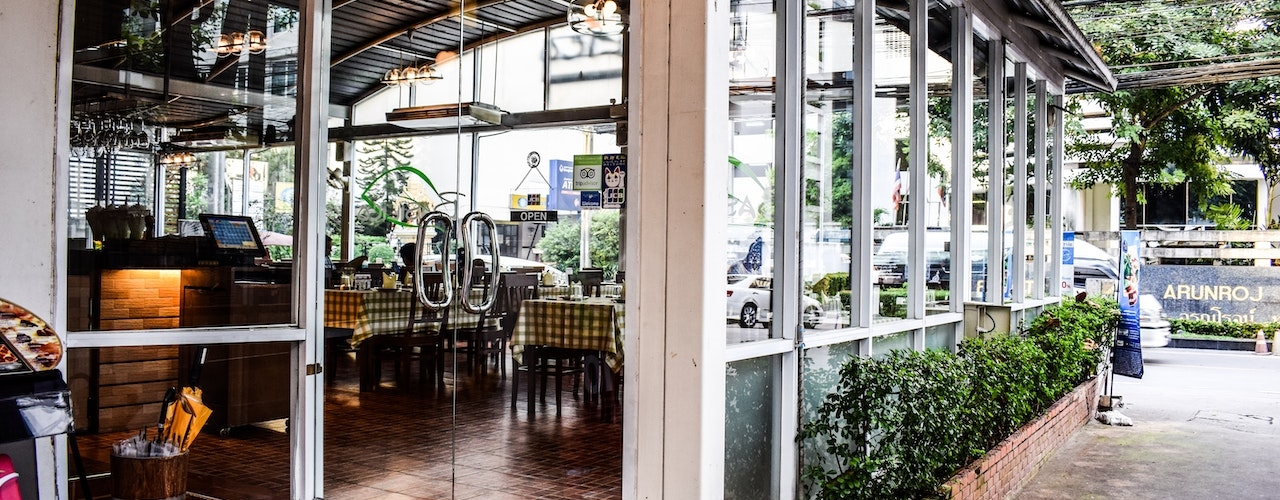

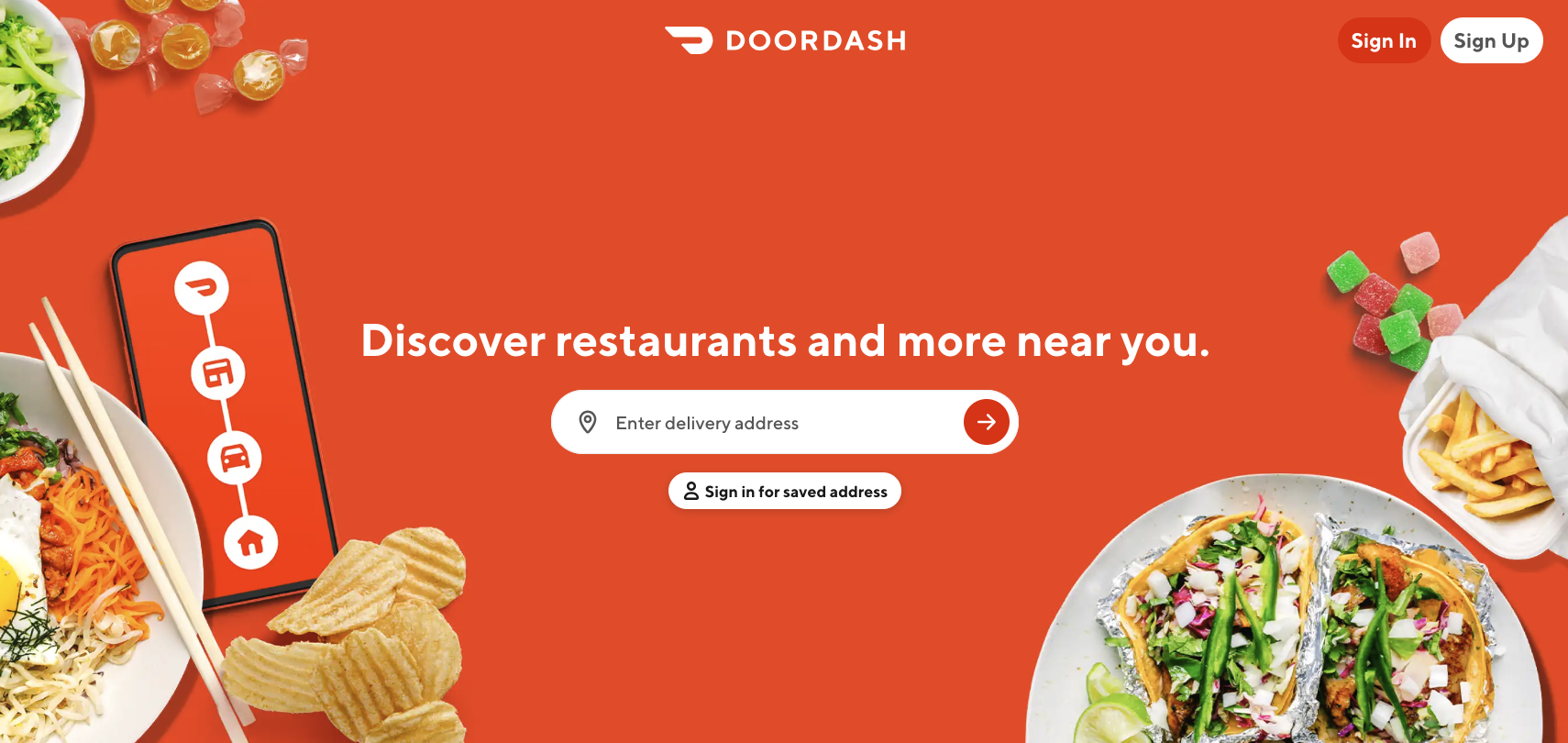
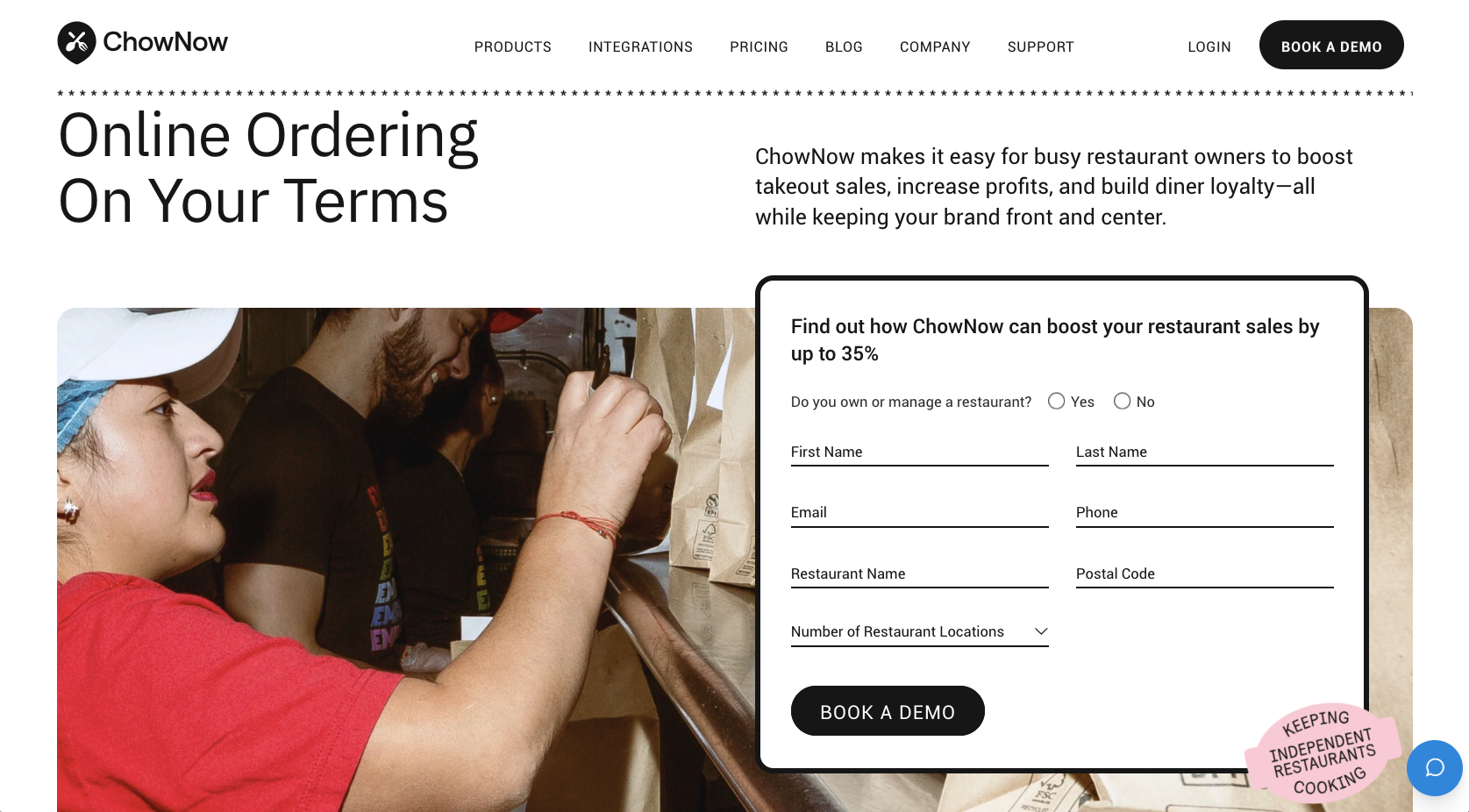
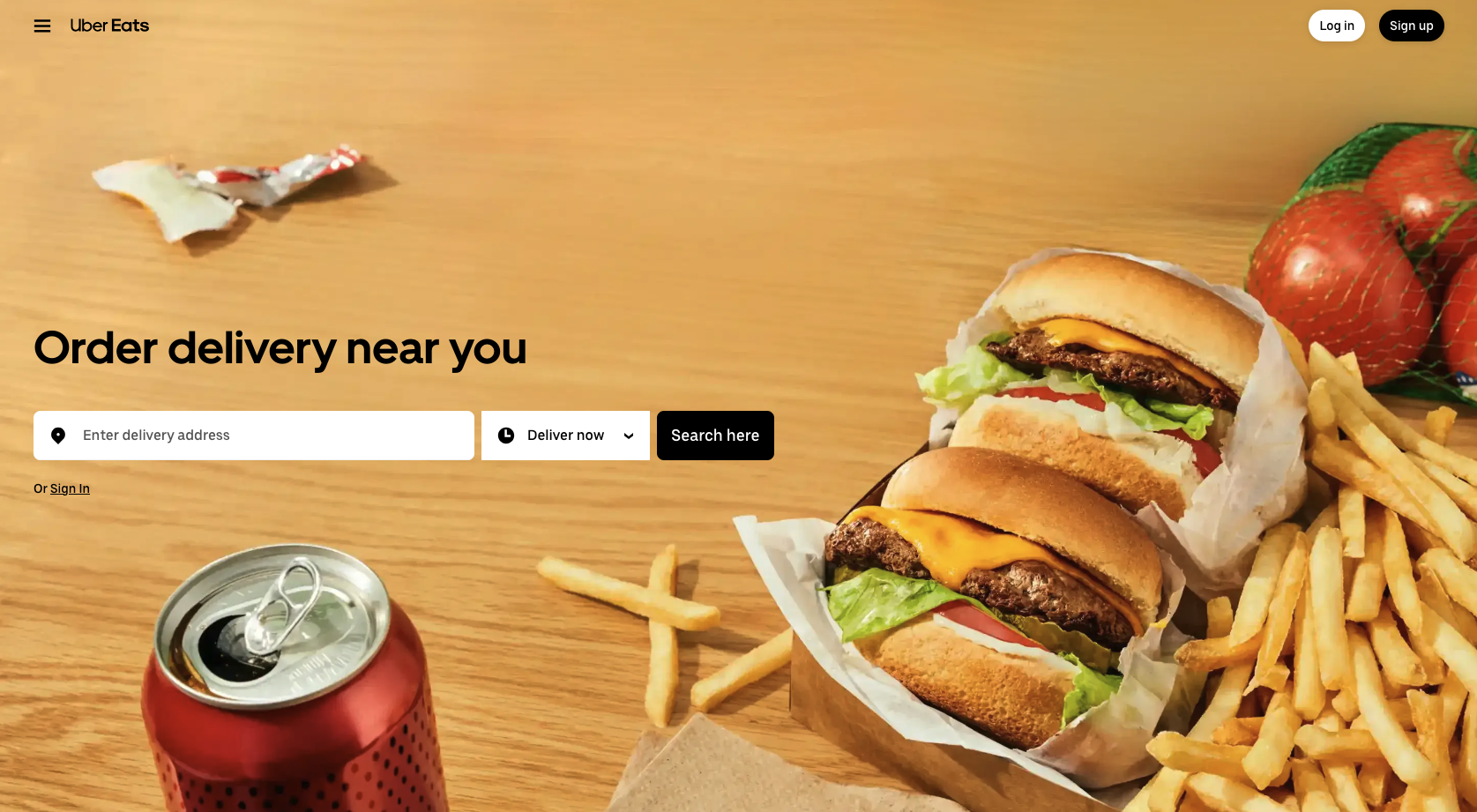
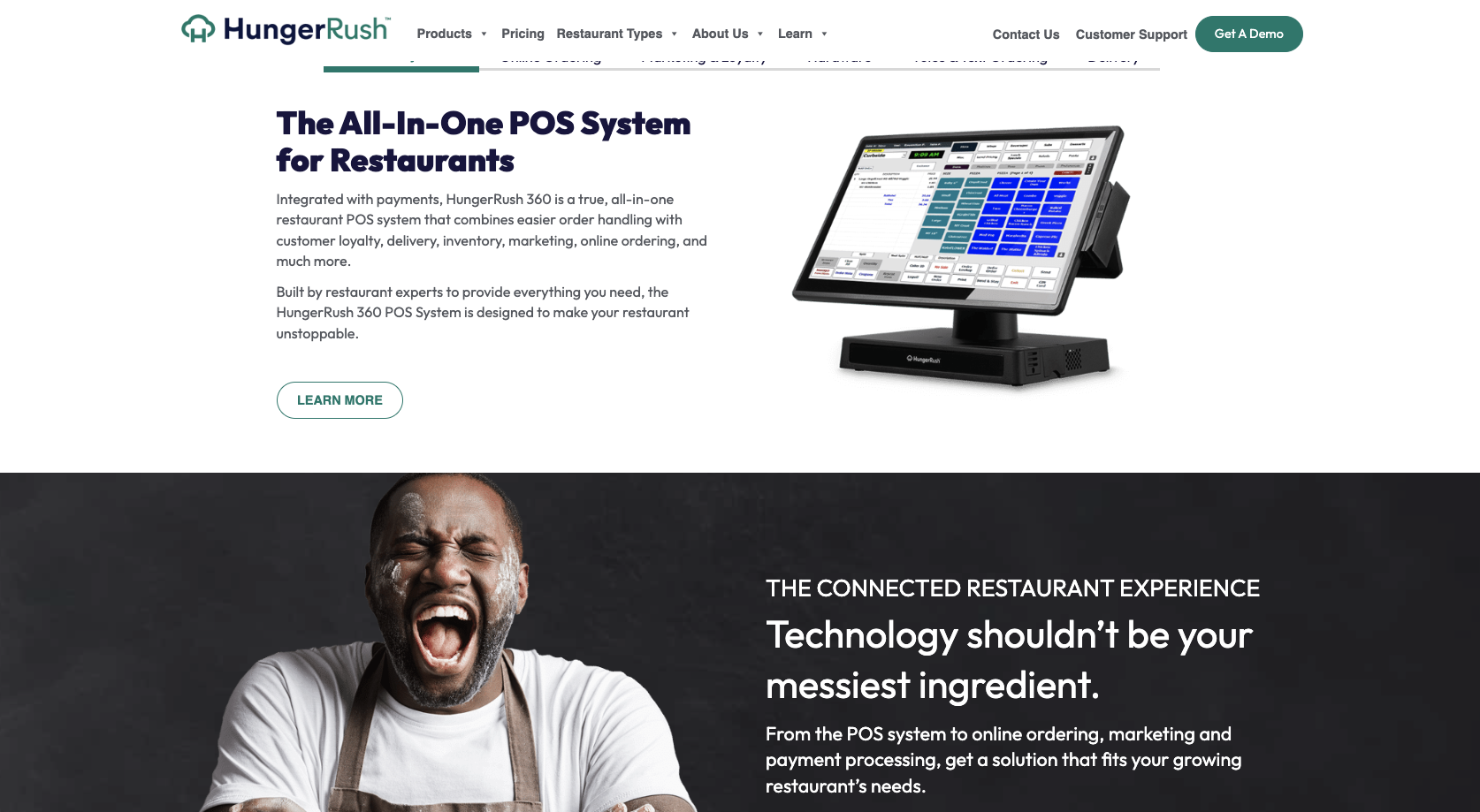
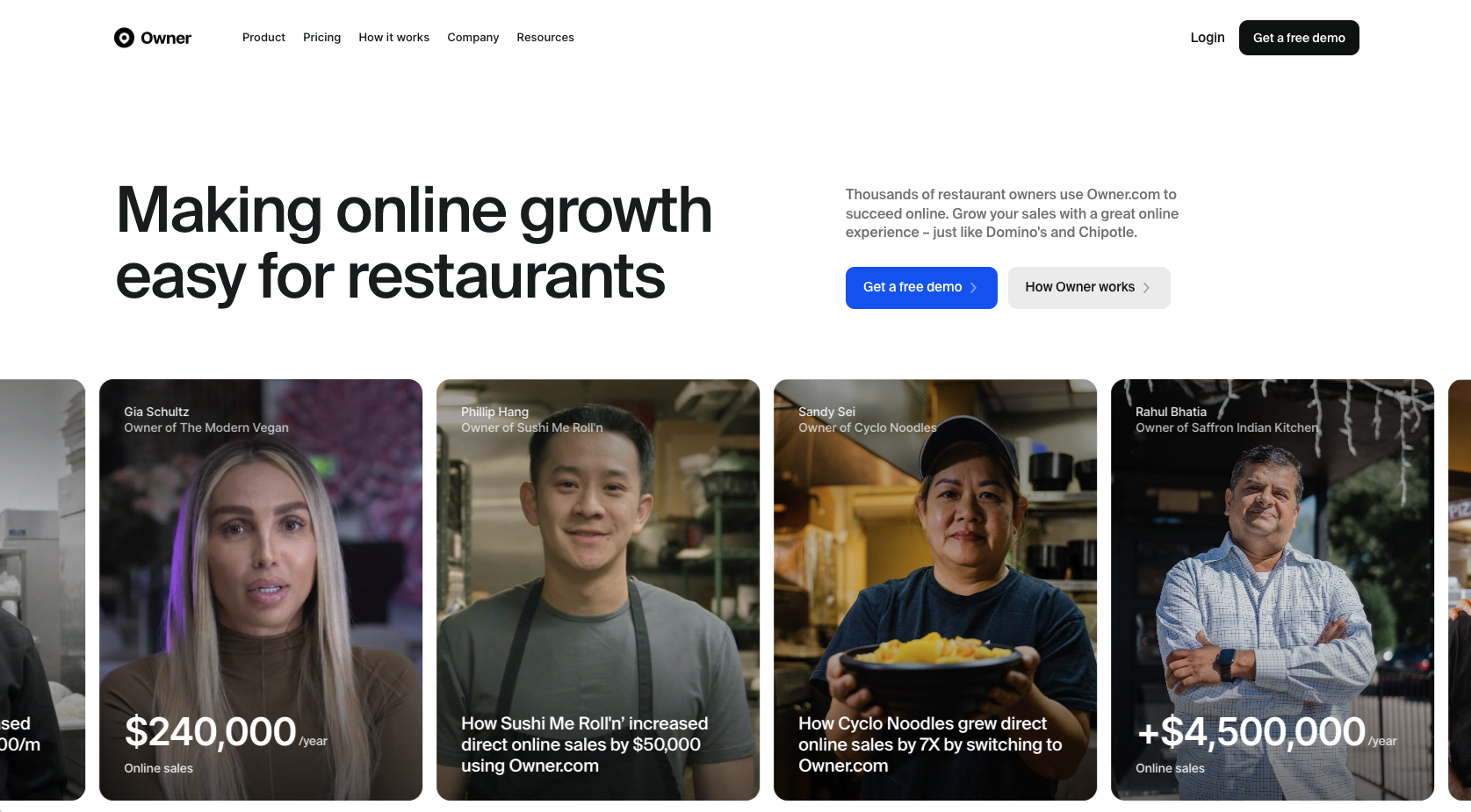
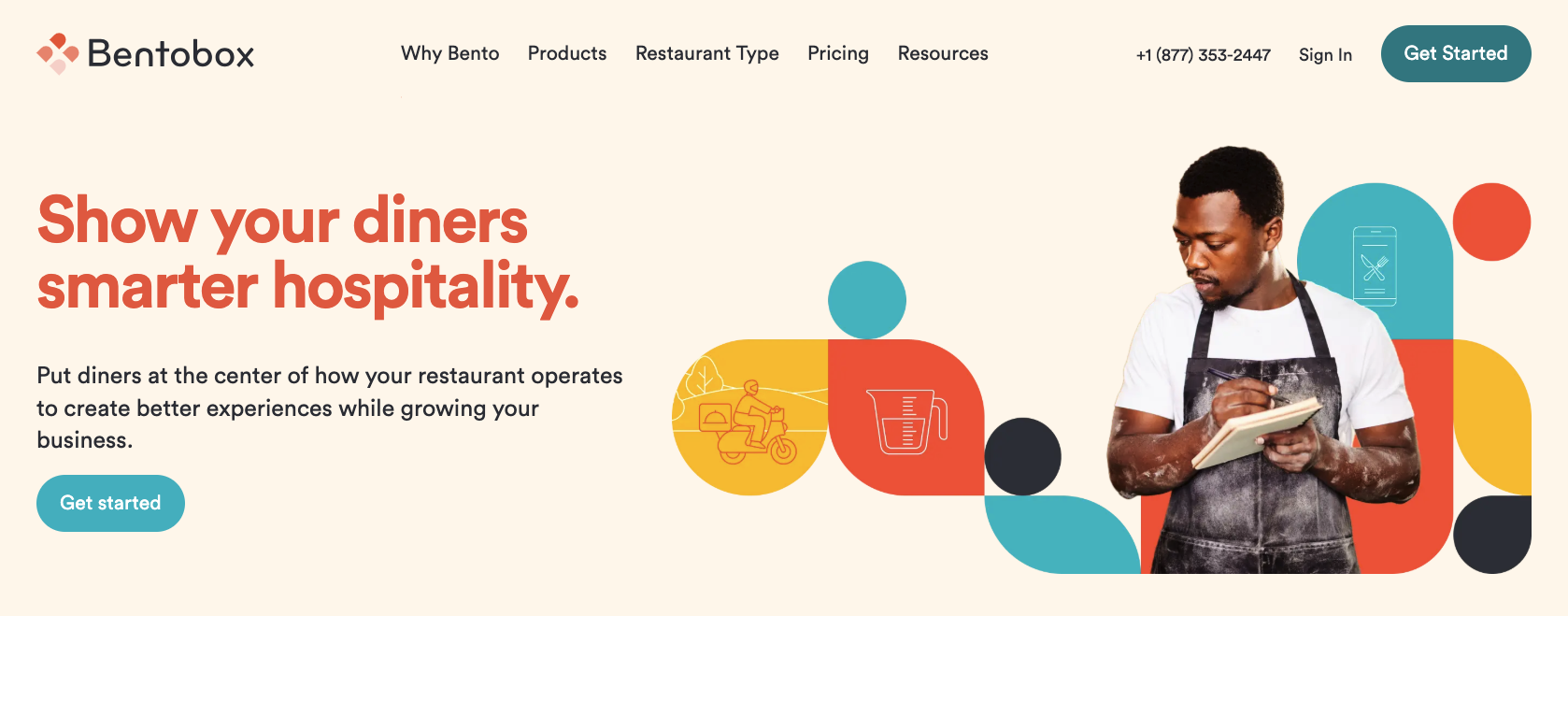
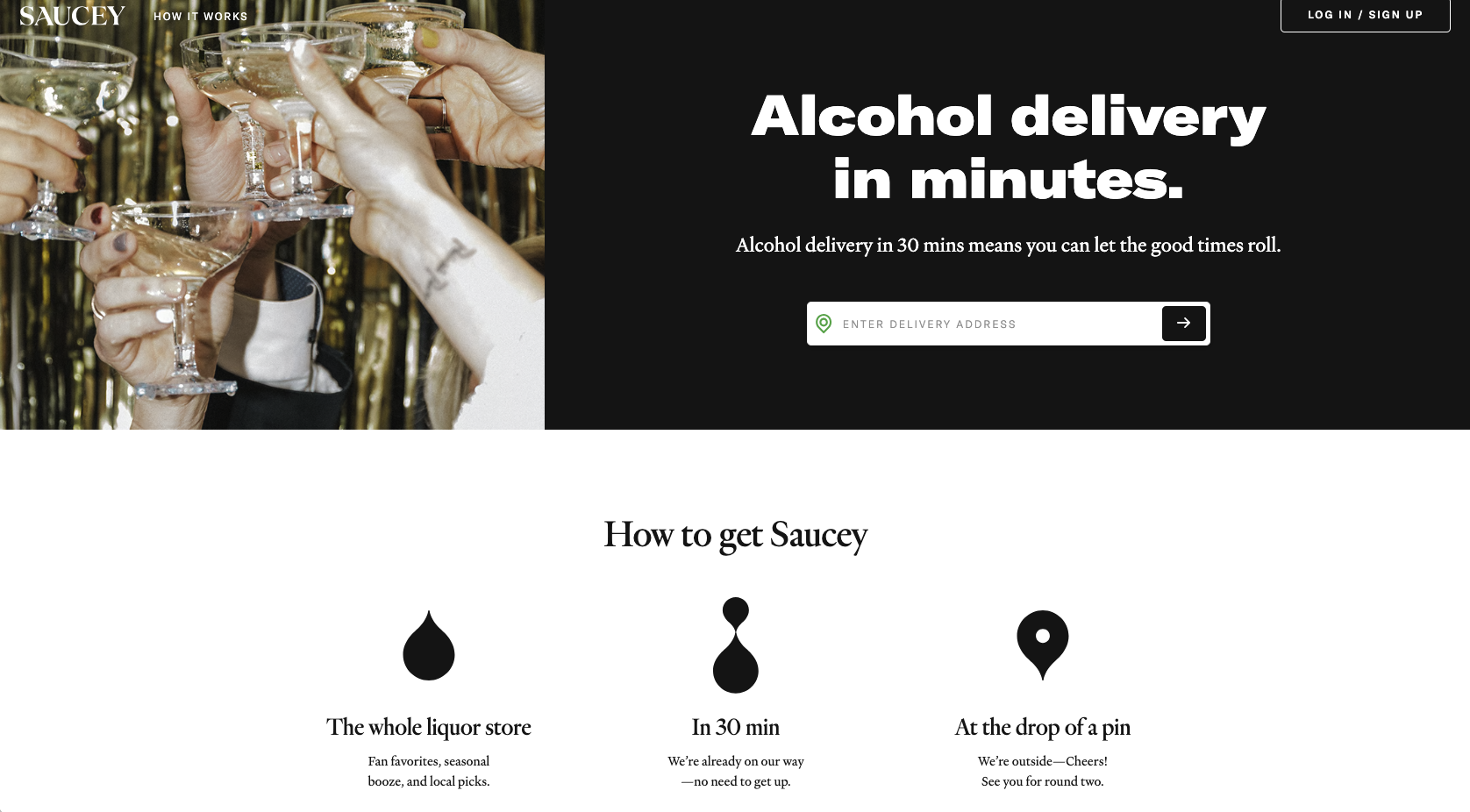
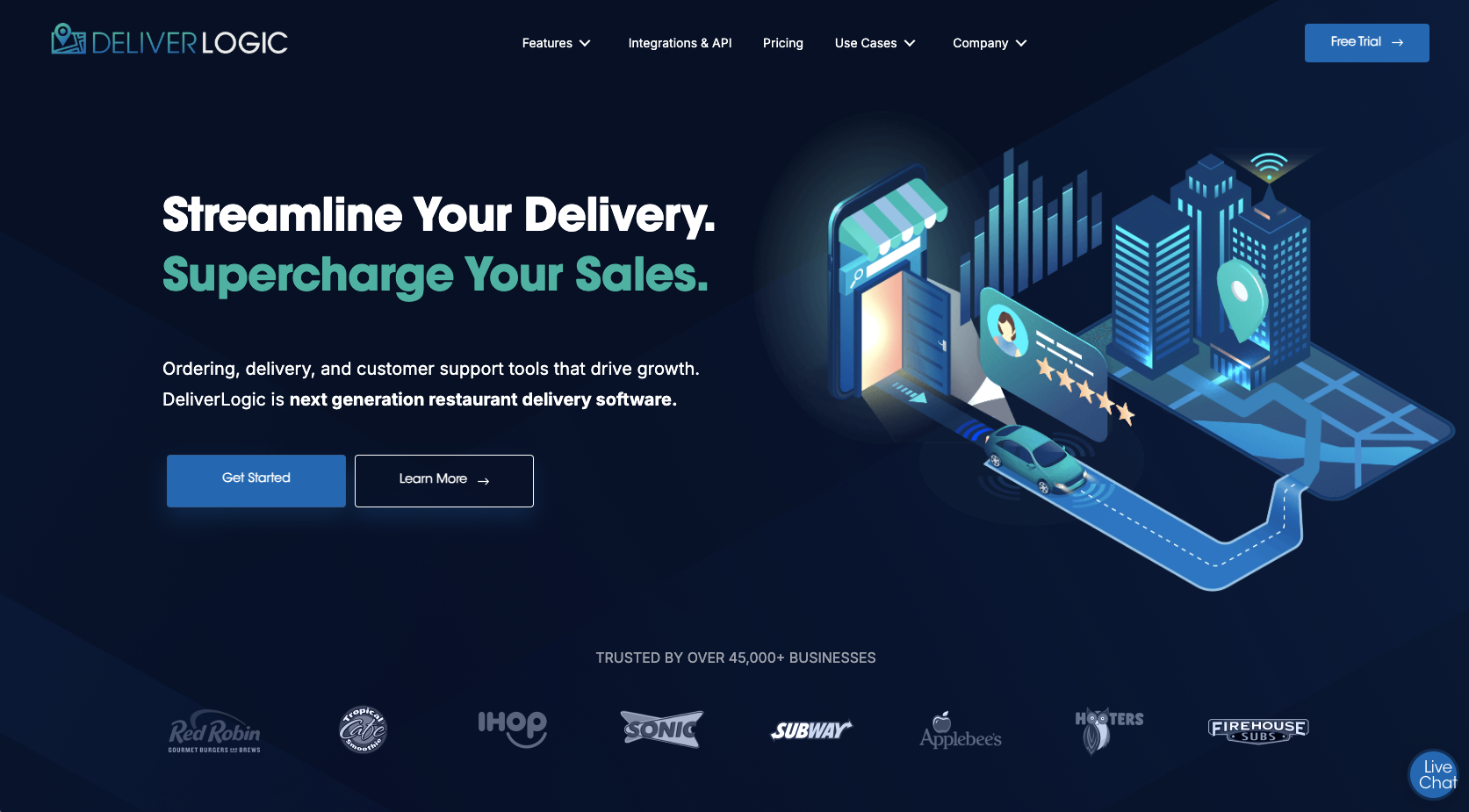
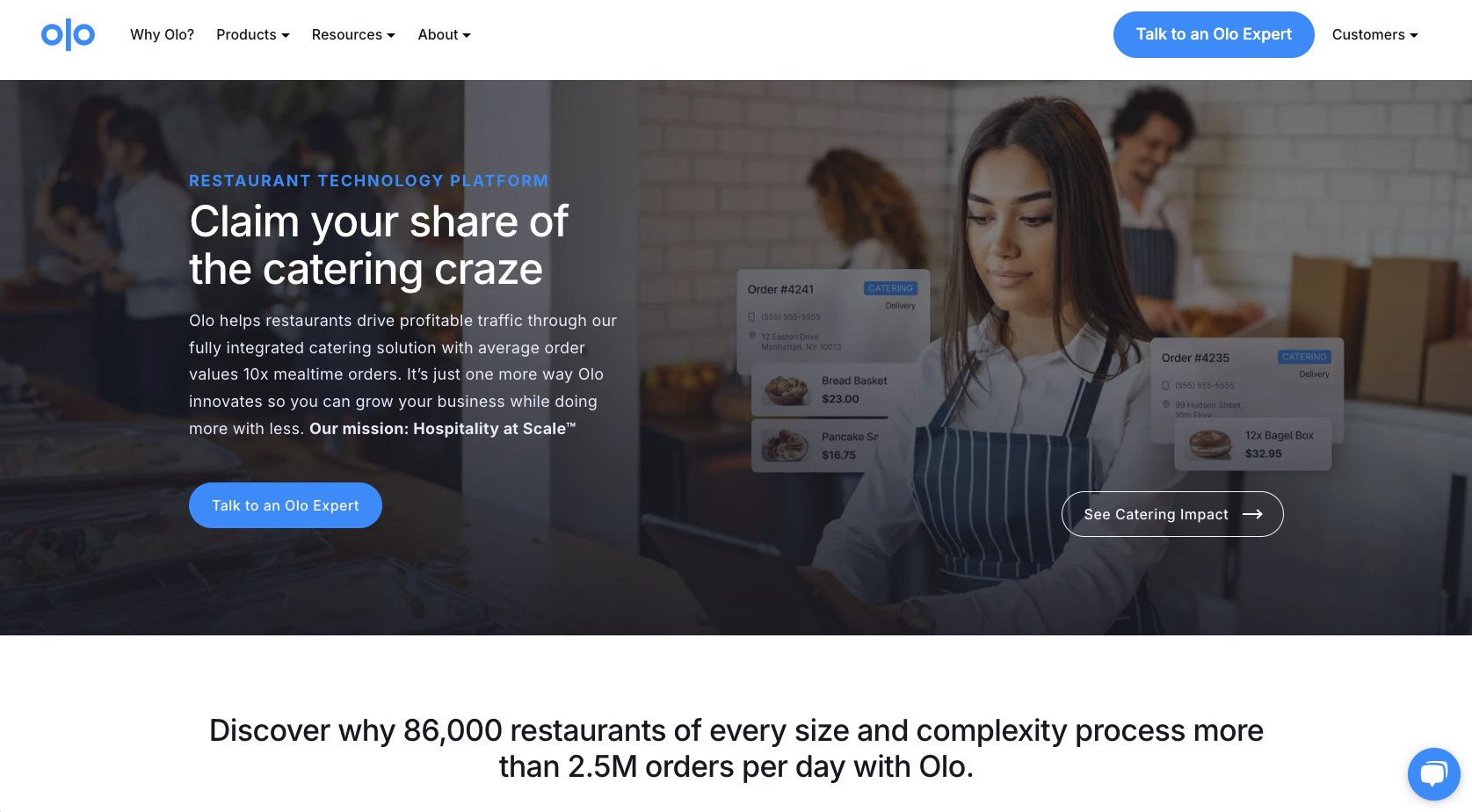




































Send Comment: